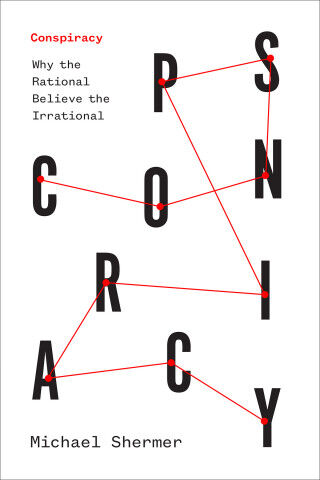What Italy’s lurch to the right means for its healthcare


- Marta Paterlini, freelance journalist
- Stockholm
- martapaterlini{at}gmail.com
Much has changed since covid-19 first shocked Italy—and Europe—in February 2020,1 not least the country’s government, now a coalition led by its first far right prime minister, Giorgia Meloni. It takes charge of a country grappling with energy price rises, economic turmoil, and an ongoing health crisis exacerbated by the ongoing battle with SARS-CoV-2.
Despite implementing Europe’s first nationwide lockdown and some of the toughest restrictions among rich countries, Italy still has one of the world’s highest covid death rates over the pandemic.
Like many of its neighbours, however, it has in the past few months dropped mandatory mask wearing and border restrictions (although stringent five day quarantine remains for people who test positive. And the changing political front marks a shift in how the authorities aim to deal with the virus—and health in general.
“International health bodies are recommending that all governments make preparations for the coming winter [with potential covid waves],” says Nino Cartabellotta, founder of the Gimbe Foundation, a non-profit organisation that campaigns on healthcare issues, “yet the management of the pandemic and the booster vaccination campaign have remained on the sidelines of political proposals since last August.”
Italy and covid-19 today
On 31 October Meloni held the first press conference of the new Italian coalition government. She acknowledged that Italy could be hit by another covid wave but declined to say how her government would deal with it.
Brothers of Italy, Meloni’s party and the dominant partner in the ruling coalition, opposed many of Italy’s strict covid rules, such as the so-called green pass, proof of vaccination status or exemption and needed for people to go to work, use public …



